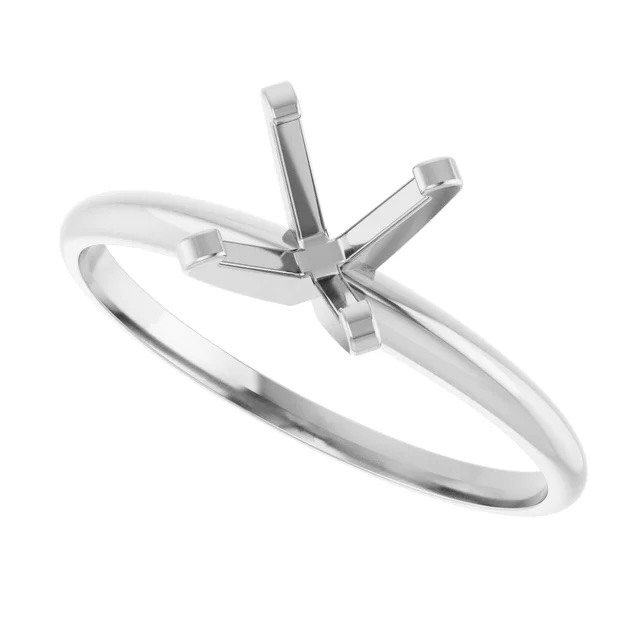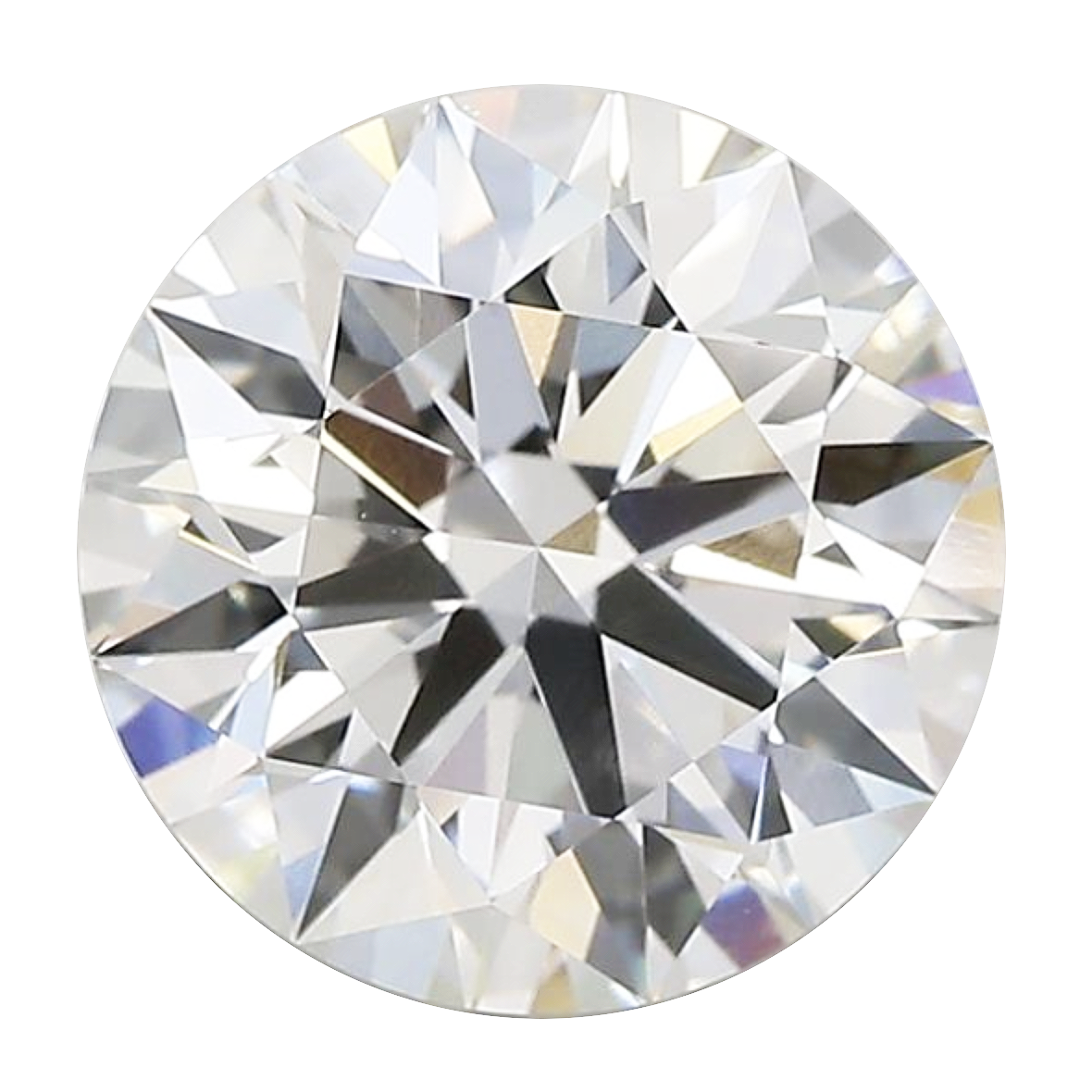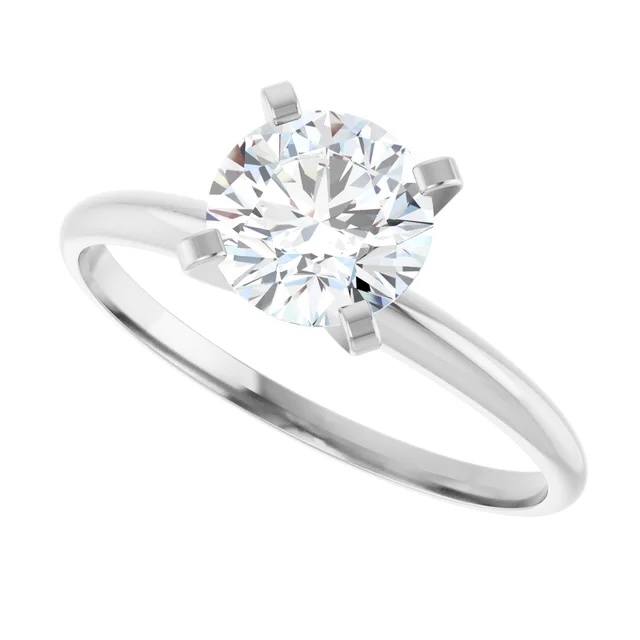DIAMOND CUT REVIEW
 |
By Matt Ubertini Matt brings over 18 years of hands-on experience with top diamond manufacturers and jewelers in NYC’s diamond district. With graduate gemologist degrees from the Gemological Institute of America and the International School of Gemology, Matt uses real-world examples to simplify the art and science of diamonds. |
The diamond cut grade refers to how well a diamond has been shaped and faceted by a cutter. In short, it’s the craftsmanship behind the sparkle. A well-cut diamond reflects light like a hall of mirrors, capturing brilliance and fire as light enters from the top, bounces inside, and exits back through the top. That rainbow flash of color? That’s the magic of a great cut. This is what people mean when they say a diamond has “life,” “fire,” or “sparkle.”
If that sounds important—it is! Some experts argue that cut is the most important of the 4 C’s because it determines how brilliant the diamond appears. The good news? Today, more than half of the diamonds on the market are cut to “ideal” proportions—and often, you don’t even have to pay a premium.
Here are the cut grades provided by GIA, with visuals to guide you:
DreamStone Ideal
Excellent
Very Good
Good
Fair
ROUND DIAMOND CUT GRADE
Round diamonds are the only shape for which GIA provides a formal cut grade—something they only began including in reports about 15 years ago. Why? Because round diamonds have consistent geometry, making it easier to measure light performance and cut quality using universal standards. Fancy shapes (like cushion, oval, princess, radiant, emerald, marquise, etc.) vary widely in proportion and style. That makes it difficult to apply one universal standard. Instead, jewelers often use established benchmarks—though each may define “Ideal” or “Excellent” a bit differently when it comes to fancy shapes.
RECOMMENDED RANGES (FOR ROUND DIAMONDS)

- Depth percentage between 63%–59%
- Table width percentage between 60%–54%
- Crown angle between 36°–33°
- Girdle of 4%–2.5%
- Girdle thickness ranging from thin to slightly thick
IDEALSCOPE & ASET TOOLS
For those ready to nerd out, welcome to the world of light performance. Tools like Idealscope and ASET are designed to give insight into how well a diamond reflects light. These tools use colored reflectors and lenses to visualize light return and leakage. Think of them like night vision for sparkle. They’re useful, but they don’t tell you everything. They can’t measure carat, color, or clarity—and they certainly can’t quantify the emotional “wow” factor of a beautiful diamond. They're one extra layer of data for those who want it—but not a requirement for most buyers.
MARKETING VS. VALUE
The diamond industry loves branding. You’ll find all kinds of proprietary names and premium labels for cut quality. But beware of getting swept up in the hype. GIA’s “Excellent” cut grade already covers a range of strong-performing diamonds. Some jewelers may use a fancy name to describe a diamond that still falls well within that standard “Excellent” range. Always ask what exactly that branding means in terms of actual proportions and performance.
SPARKLE IS PERSONAL
While GIA has given us standardized cut grades, sparkle is still personal. Some online tools assign scores based on things like crown angle or pavilion depth. These tools can be helpful—but don’t get obsessed. A diamond with a slightly larger table might actually appeal more to your eye than one with a “perfect” score. Trust what you see. Don’t let data rob you of personal preference. You’re buying a diamond, not a spreadsheet.
CONCLUSION
Stick with a diamond graded Excellent cut by GIA, and if possible, choose one with Excellent polish and symmetry too. You’ll be enjoying 90% or more of the diamond’s potential brilliance. Beyond that, the returns are marginal—and you risk losing out on something important like carat weight or color just to chase a number.
DreamStone Ideal Cut
If you want maximum brilliance and fire, we’ve done the work for you. Our DreamStone Ideal Cut diamonds are handpicked using a proprietary algorithm developed by gemologists and master cutters. We filter based on precision-cutting standards across all key parameters—so you don’t have to. Search DreamStone Ideal Diamonds.
THE DREAM TEAM
THE DREAM EXPERIENCE
Explore
ABOUT DREAMSTONE
POLICIES
Payment
Follow us
YOUR DREAM RING STARTS HERE:
DESIGN IT NOW, ENJOY IT FOREVER
-

START WITH A SETTING
Browse our settings and choose the style that is right for you
-

SELECT A DIAMOND
Choose the perfect diamond for your chosen setting
-

COMPLETE YOUR RING
Add the ring to your cart and start planning your proposal!

 Diamond Education
Diamond Education
 The Dream Experience
The Dream Experience
 Engagement Rings
Engagement Rings




